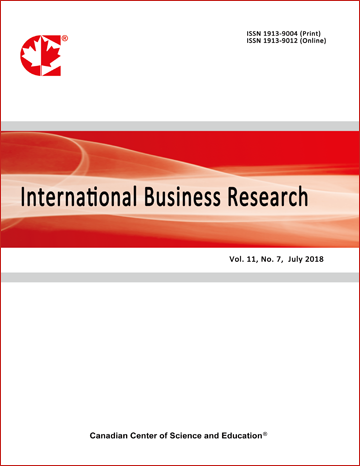Shock Therapy versus Gradualism: The Central Eastern Europe (CEE) and East Asia Compared-A Review of Literature
- Quamrul Alam
- Thanh Hai Nguyen
- Namul Majumdar
Abstract
This paper reviews a numbers of policy measures taken by the governments in different countries from CEE to East Asia. The findings suggest that despite a number of discrepancies in the economic transition path and policies to support private sector development and SMEs from country to country, there are two distinct models: The Central and Eastern European “shock therapy” approach and the East Asian “gradualism” approach. The findings also highlight that regardless of the political and cultural context, in the early stage of economic transition process where institutional support and market conditions are not apparent, the state and public sectors play key roles. Despite of different levels of interventions, governments from those countries have taken some institutional measures in encouraging the development of private sector and capital formation, and enabling political flexibility and economic structural flexibility for the development of economic transition from centrally planned to market oriented economy. It is important to emphasize that no matter how those inventions are, but how the state can support economic transition and private sector development through political shifts and economic interventions. It could be concluded that the state has significant importance in encouraging capital formation and capitalist industrialization in CEE and East Asian countries
- Full Text:
 PDF
PDF
- DOI:10.5539/ibr.v2n2p3
Journal Metrics
h-index (January 2024): 102
i10-index (January 2024): 947
h5-index (January 2024): N/A
h5-median(January 2024): N/A
( The data was calculated based on Google Scholar Citations. Click Here to Learn More. )
Index
- Academic Journals Database
- ACNP
- ANVUR (Italian National Agency for the Evaluation of Universities and Research Institutes)
- CNKI Scholar
- COPAC
- CrossRef
- EBSCOhost
- EconBiz
- ECONIS
- EconPapers
- Elektronische Zeitschriftenbibliothek (EZB)
- EuroPub Database
- Excellence in Research for Australia (ERA)
- Genamics JournalSeek
- Google Scholar
- Harvard Library
- IBZ Online
- IDEAS
- Infotrieve
- Kobson
- LOCKSS
- Mendeley
- MIAR
- Norwegian Centre for Research Data (NSD)
- PKP Open Archives Harvester
- Publons
- Qualis/CAPES
- RePEc
- ResearchGate
- ROAD
- Scilit
- SHERPA/RoMEO
- SocioRePEc
- Technische Informationsbibliothek (TIB)
- The Keepers Registry
- UCR Library
- Universe Digital Library
- ZBW-German National Library of Economics
- Zeitschriften Daten Bank (ZDB)
Contact
- Kevin DuranEditorial Assistant
- ibr@ccsenet.org
